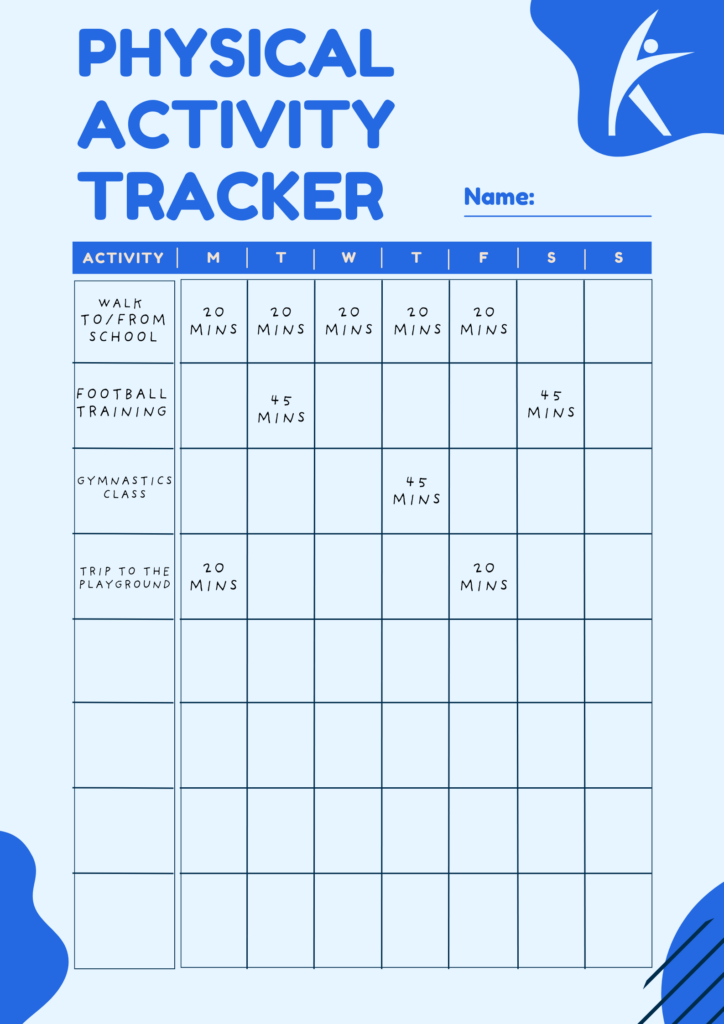Fundamental movement skills (FMS) are the basic movements that involve the trunk, legs, arms, hands, and feet, serving as the foundation for more complex movement patterns. These skills are typically categorised into three main groups: locomotor skills, body control skills, and object control skills.
| Locomotor Skills | Body Control Skills | Object Control Skills |
| - Walking - Running - Jumping - Hopping - Skipping - Leaping - Crawling - Climbing - Dodging | - Balancing on 1 foot - Walking along a line - Rolling - Twisting - Turning - Landing - Stopping - Bending - Stretching | - Throwing - Catching - Striking - Kicking - Dribbling |
The proper development of these skills in childhood is vital for a child’s physical, cognitive, and social development. It lays the foundation for an active lifestyle and is linked to higher physical activity levels in later years. Research indicates that children should master all fundamental movement skills by the age of 8, but recent studies reveal that a significant number of Irish children have not achieved this milestone by the age of 10.
The Moving Well Being Well project (2020) assessed the proficiency of several fundamental movement skills among over 2,000 Irish primary school students. The findings showed a lack of proficiency across all components, with only 60% of students achieving mastery in balance and just over half mastering locomotor and object control skills. There were also notable gender differences, with boys excelling in object control skills like throwing and catching, while girls performed better in body control skills such as balance and skipping. These disparities are attributed to the different sports and activities typically undertaken by boys and girls, with girls more likely to engage in gymnastics and dance, and boys in sports like rugby and football.
Failure to develop these fundamental movement skills can have long-term physical and mental health implications. Children who lack confidence in their movements are less likely to engage in physical activity, potentially leading to isolation, anxiety, and low self-esteem. Therefore, it is critical to help children acquire these skills at an early age to equip them for an active lifestyle throughout their lives.
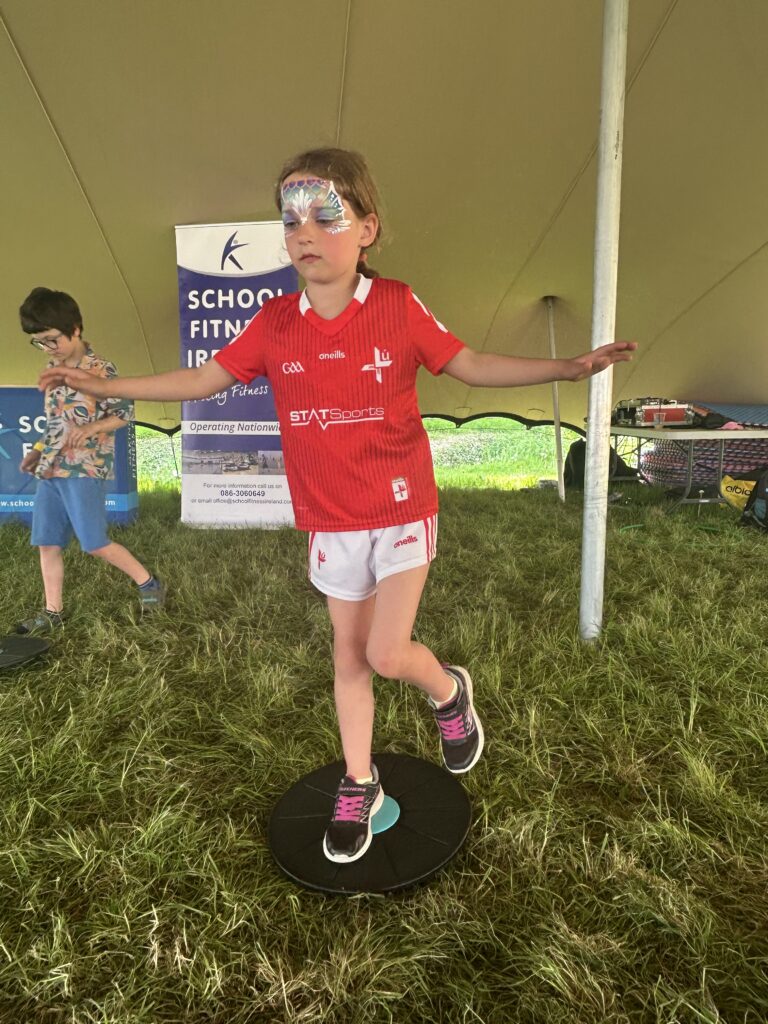
To help children master fundamental movement skills, they need ample opportunities to move their bodies. Here are some simple and engaging exercises that can be incorporated into daily activities.
| Fundamental Movement Skill | Exercise |
| Running | - Backwards and forwards - Running on the spot, focusing on arm and leg movement - Along different paths - circle, zig zags etc. - At different speeds - try fast and slow music - On different surfaces - grass, gravel, sand - Sprints - Animal runs - run like a cheetah, an elephant, a mouse - Obstacle course |
| Skipping | - Step hop practice - Skipping as tall and as small as you can - Skipping a fast and as slow as you can - How many skips does it take to get from “here” to “there” - Without touching the cracks on the ground |
| Jumping | - Forwards, backwards and side to side - Frog jumps - Lily pad jumps - Continuous standing broad jumps - Jump with overhead clap - Hurdle jumps - Jumps from a safe height e.g a bench, the bottom step - Hopscotch - Jumping in puddles |
| Balancing | - Stand on one leg (left and right) - Walk along balance beam/ narrow line - Walk with a beanbag on top of their head - Standing on one leg, pick something up off the floor - Balancing with movement - squats, toe raises, side leg lifts etc. - Balance on one leg with eyes closed - Partner balance - create shapes while holding hands with your partner |
| Rolling | - Egg rolls - hold knees to chest and tuck chin to chest and start rolling backwards and forwards or side to side - Pencil rolls - moving sideways and on the spot - Forward rolls |
| Throwing | - Roll a ball along the floor, run ahead and pick it up - Hold a ball in 2 hands, drop it and catch it with 2 hands - Underhand toss to a partner or bucket - Overhand throw to a partner or bucket - Throwing for distance - Throwing for accuracy |
| Catching | - Self toss and catch - with both hands then one hand - Partner toss and catch - on the spot and while walking/running - Bounce a catch - Balloon catch - Catch different size balls |
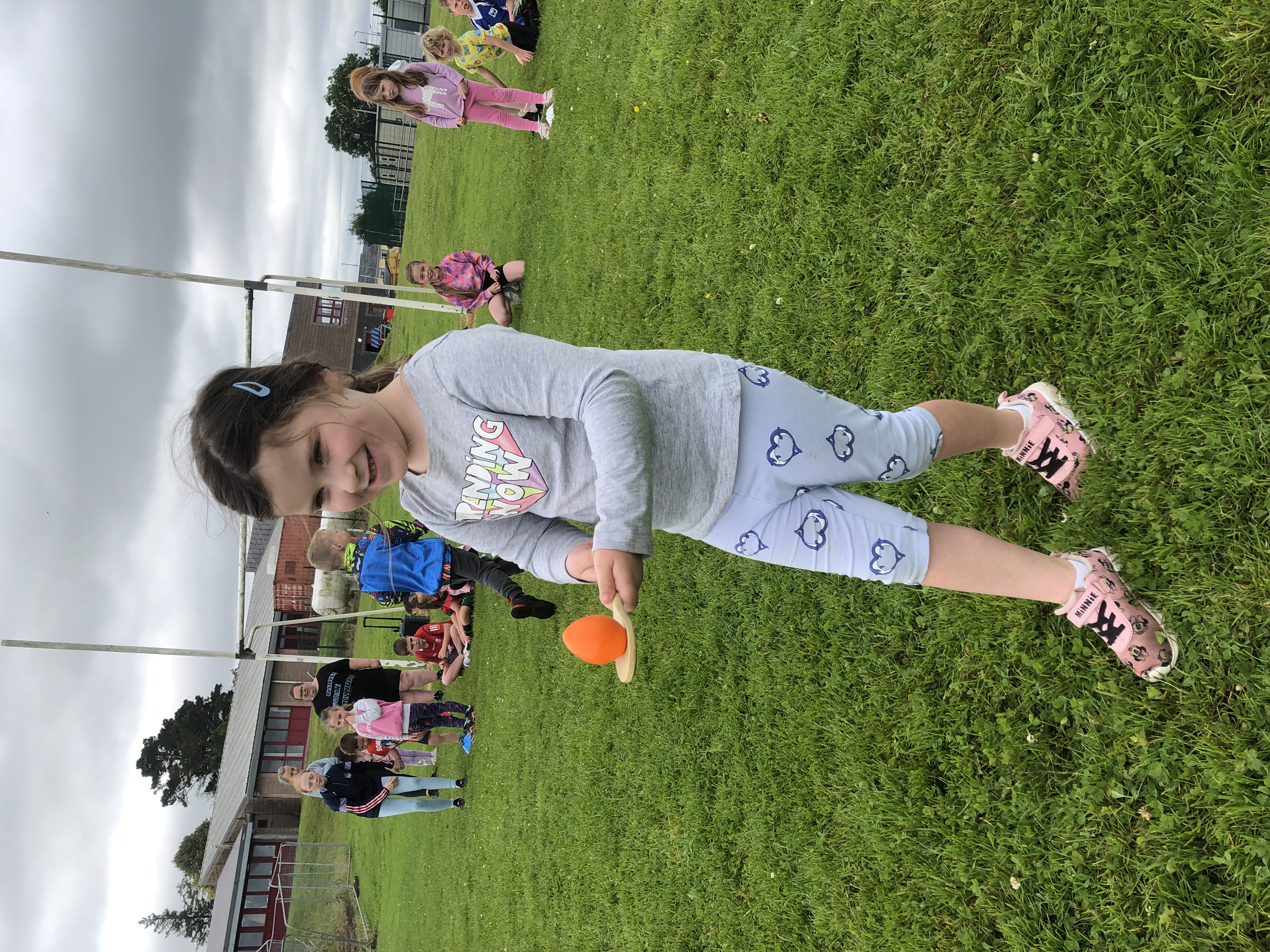
By focusing on the development of fundamental movement skills, parents and educators can help children build a strong foundation for physical activity, ensuring they lead healthier, more active lives.
Physical activity is defined as any bodily movement that occurs due to the contraction of skeletal muscle, resulting in energy expenditure (CDC. 2019). Regular physical activity is extremely beneficial for both physical and mental wellbeing. It helps to reduce the likelihood of, and manage noncommunicable diseases such as heart disease, diabetes and some forms of cancer; reduces symptoms of depression, anxiety and stress; and enhances cognitive abilities (WHO, 2020).
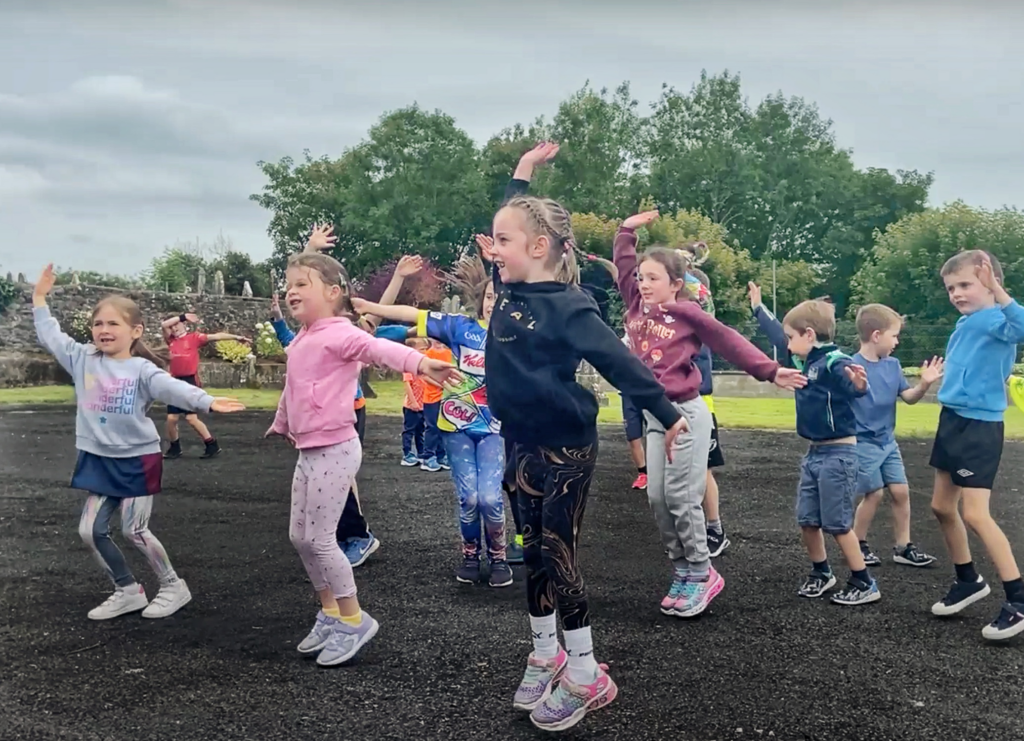
In order to ensure that people are physically active enough to avail of the benefits mentioned above, the World Health Organisation has developed recommended guidelines to follow. The Irish Department of Health also follows these same guidelines.
So what are the current recommended physical activity guidelines for children and teenagers? These differ depending on the child’s age. The World Health Organisation recommends the following:
| Age | Recommendations |
| Infants (less than 1 year) | - Be physically active several times throughout the day with floor-based play/ tummy time - Not be restrained (pram, high chair, baby carrier) for more than 1 hour at a time - Try to keep them engaged during sedentary time with reading/ storytelling |
| 1-2 year olds | - Spend 180 minutes being physically active at any intensity (spread throughout the day) - Not be restrained (pram, high chair, baby carrier) for more than 1 hour at a time - Try to keep them engaged during sedentary time with reading/ storytelling |
| 3-4 year olds | - Spend 180 minutes being physically active at any intensity, of which 60 minutes is at moderate to vigorous intensity (spread throughout the day) - Not be restrained (pram) or sitting for more than 1 hour at a time - Keep screen time to less than 1 hour, try keep them engaged during sedentary time with reading/ storytelling |
| 5-17 year olds | - Spend 60 minutes a day doing moderate to vigorous activity everyday. - Incorporate activities that will help with bone and muscle strengthening and development 3 days a week - Incorporate activities to improve flexibility - Limit sedentary time as much as possible |
From the above recommendations you can see, we are advised to be active at every point in our lives!
Despite clear evidence showing the benefits of physical activity, only 15% of children in Ireland are meeting the recommended physical activity guidelines of 60 minutes moderate to vigorous aerobic activity a day. These are the findings of the Children’s Sport Participation and Physical Activity study published in 2022. While this report did show a 2% increase in physical activity levels in children compared to data collected 5 years previous, a lot of work still needs to be done to improve this number in upcoming years.
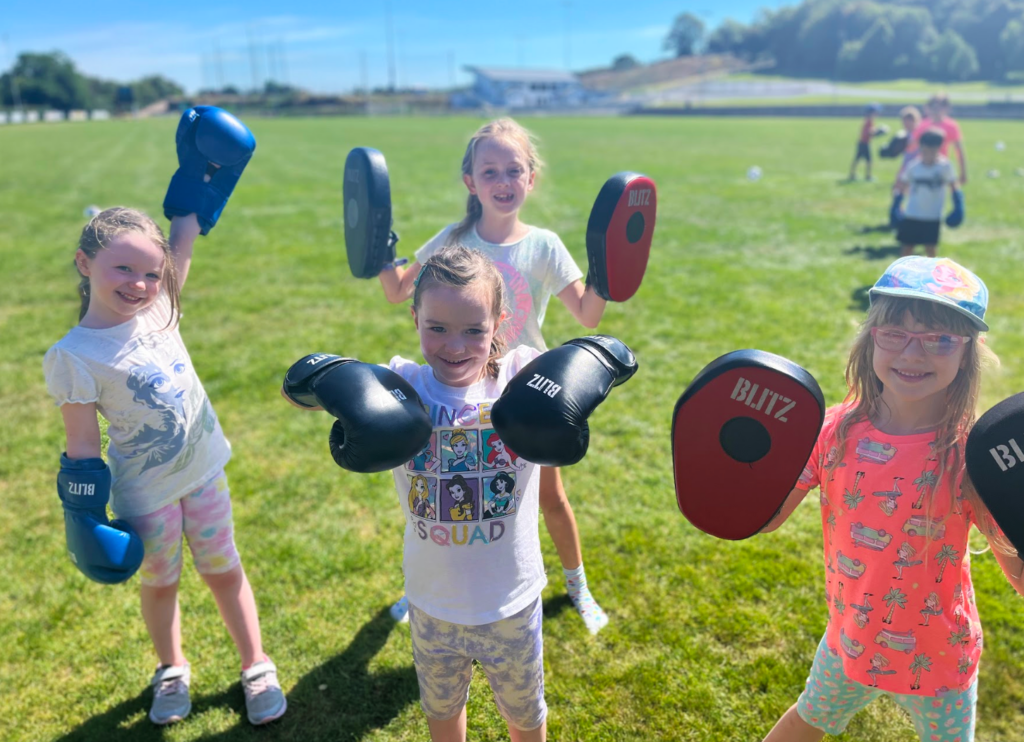
It’s important to ensure that our children and young people are as active as possible in early life, as physical activity levels during childhood are the best predictor of physical activity levels during adulthood (Telama et al., 2005).
So how can we ensure that children and young people are consistently meeting these recommended guidelines for physical activity? While the recommendations might seem quite daunting or unrealistic at first, they can be tailored to the individual’s lifestyle quite easily. While it’s recommended that children complete 60 minutes of moderate to vigorous aerobic activity a day, this just needs to be the accumulated amount, meaning it can be broken up throughout the day. For example, it might be a 10 minute walk to and from school. After school, you might bring your child to the playground or for a cycle around the park for 20 minutes. When you get home , you and your child might try out some fun dancing or active play together for 15 minutes. Then to finish off the day, you might incorporate some active breaks into their screen time e.g. during each ad break, they have to perform 10 jumping jacks. All of this gets you up to 60 minutes quite easily!
Notice how this example doesn’t include any after school activities such as football training or swimming lessons and it also doesn’t take physical activity during yard time into consideration, so there is no need to be intimidated by the 60 minute recommendation! Check out our suggestions of hitting your 60 minutes below.
Below, you will find a table that you can fill out to help ensure your child is hitting their 60 minutes of moderate to vigorous physical activity everyday! Fill in the activities you know they will definitely be doing throughout the week (walking to school, football training etc.) and the amount of time they will spend at them. This way you can easily see how much more time needs to be spent being active. You can see our example below and you can also print off your own version to fill out. You could even try to have your children design and decorate their own table to try encourage and motivate them to take accountability.
